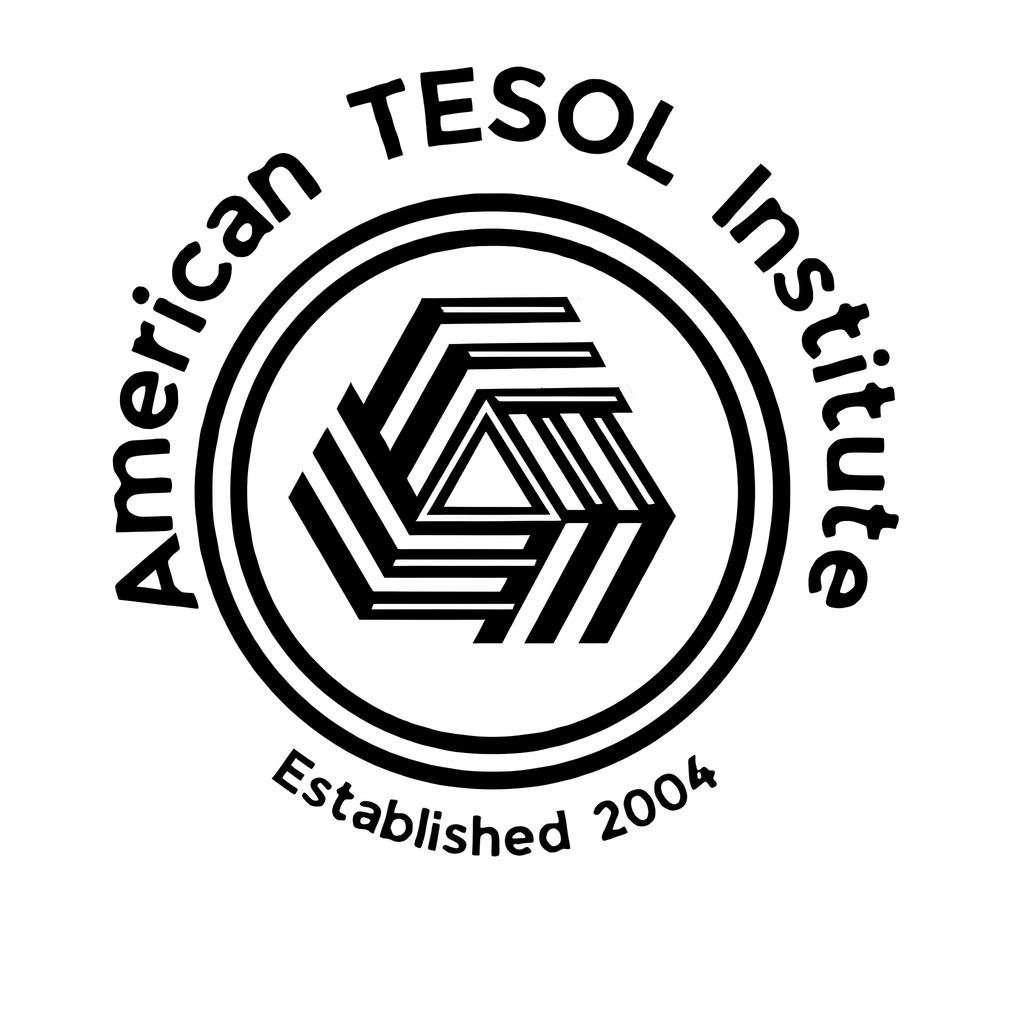In 2014, Eugene Goostman, a chatbot designed to simulate a 13-year-old boy, made headlines by becoming the first program to pass the Turing Test, convincing human judges that it was a real person. This groundbreaking achievement marked a pivotal moment in artificial intelligence (AI) and highlighted the potential of chatbots in education, particularly in teaching English as a second language (ESL). Fast forward to today, and the landscape of AI-powered tools has evolved dramatically, providing TESOL teachers with cutting-edge resources to enhance learning experiences for their students.
The Evolution of Chatbots in Language Learning
Eugene Goostman: The Pioneer
Eugene’s success demonstrated that chatbots could engage in natural-sounding conversations, paving the way for their use in education. Though limited in its capabilities, Eugene sparked interest in AI as a tool for practicing conversational English.
Modern AI Chatbots
Today’s AI tools, like ChatGPT, Duolingo’s chatbot, and Google Bard, have taken conversational AI to new heights. These platforms can understand nuanced language, provide personalized feedback, and simulate real-world interactions, making them ideal for language learners. Unlike Eugene, modern chatbots are equipped with adaptive learning algorithms that cater to individual student needs, helping them improve grammar, vocabulary, pronunciation, and cultural understanding.
How Chatbots Enhance English Learning
- 24/7 Practice
Students can practice English anytime and anywhere, reducing reliance on rigid classroom schedules. - Personalized Feedback
AI-powered chatbots analyze a student’s responses and provide tailored suggestions for improvement, targeting specific weaknesses. - Cultural Context
Advanced chatbots include culturally relevant scenarios, helping students understand idioms, slang, and conversational etiquette in different English-speaking regions. - Confidence Building
Chatbots offer a safe, judgment-free environment for learners to practice speaking and writing, boosting their confidence before engaging with native speakers. - Interactive Activities
Gamified features like role-playing, quizzes, and vocabulary games keep students engaged and motivated to learn.
Fun Facts About AI and Chatbots
- Inspired by Alan Turing: The Turing Test, created by Alan Turing in 1950, was designed to measure a machine’s ability to exhibit intelligent behavior indistinguishable from a human.
- Duolingo’s Owl: The language-learning app Duolingo introduced AI chatbots in 2016 to help users practice conversational skills with a virtual tutor.
- Multilingual AI: Many chatbots now support multiple languages, allowing students to learn English while maintaining their native language for clarification.
- AI Humor: Some chatbots, like Eugene, use humor to create a more relatable and engaging learning experience.
- AI in Hollywood: Chatbots have even been featured in movies, such as Her, showcasing their potential to simulate human interaction.
Modern AI Winners for Language Learning
1. ChatGPT
An advanced AI model capable of engaging in detailed conversations, explaining grammar, and providing writing prompts. It’s a favorite among TESOL teachers for creating lesson plans and answering student queries.
2. Duolingo
Duolingo’s AI chatbots engage users in realistic dialogues, offering a gamified approach to language learning with rewards and feedback.
3. Mondly
Mondly uses AI-powered voice recognition to help learners practice pronunciation, providing instant corrections.
4. Elsa Speak
This app focuses on pronunciation and speaking skills, using AI to evaluate and improve a learner’s accent.
5. Google Bard
Google Bard integrates AI to simulate real-world conversations, making it ideal for intermediate and advanced learners.
How TESOL Teachers Can Leverage AI
1. Use Chatbots for Role-Playing
Simulate real-world scenarios like ordering food, attending job interviews, or making travel arrangements to help students practice functional English.
2. Assign Writing Prompts
Ask students to interact with chatbots to write stories, essays, or even emails. Chatbots can provide immediate grammar and style feedback.
3. Encourage Speaking Practice
Incorporate chatbots like Elsa Speak into your lessons to improve pronunciation and fluency.
4. Supplement Classroom Teaching
Use AI tools to reinforce concepts taught in class, offering students additional practice and support outside of school hours.
5. Create Adaptive Learning Plans
Track student progress through AI-generated analytics, allowing you to tailor lessons to their specific needs and learning speeds.
The Future of AI in TESOL
As AI technology continues to evolve, its applications in teaching English are becoming more sophisticated and accessible. From personalized learning paths to immersive virtual reality experiences, the possibilities are endless. For TESOL teachers, embracing these tools not only enhances their teaching methods but also prepares students to thrive in an increasingly interconnected and technology-driven world.
Conclusion
The journey from Eugene Goostman to today’s advanced chatbots has revolutionized how English is taught and learned. By integrating AI into their classrooms, TESOL teachers can provide their students with engaging, efficient, and highly effective language learning experiences. As the next generation of AI tools emerges, the opportunities for innovation in TESOL are boundless—just like the potential of the learners they support.



